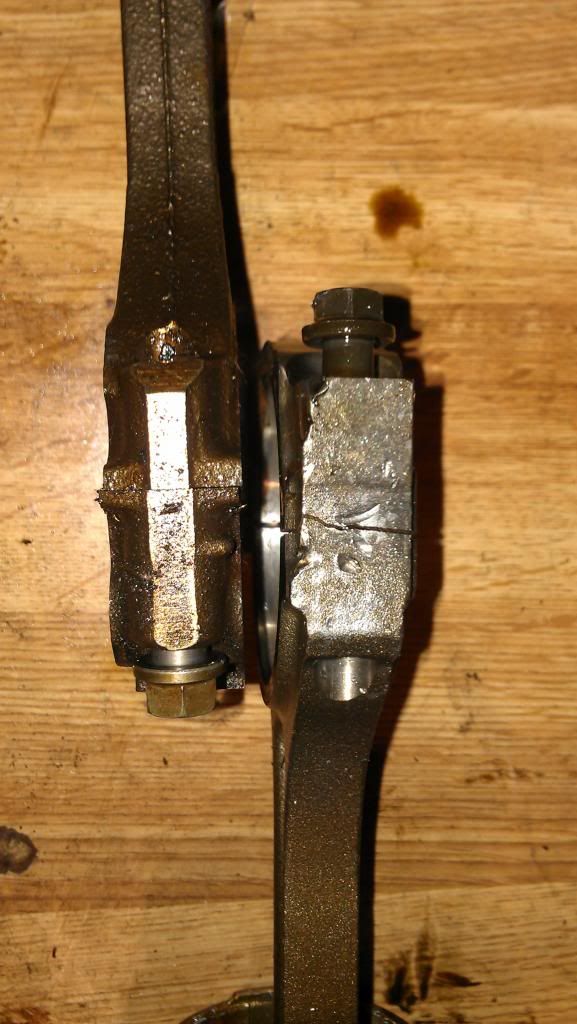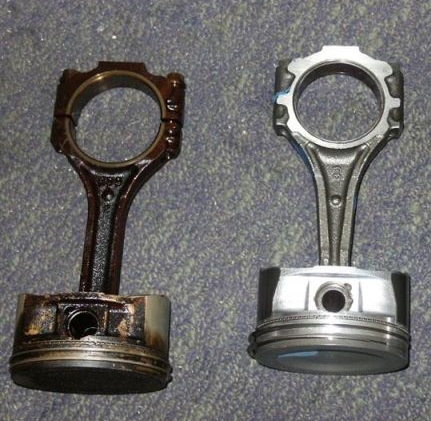Internal Details
Basic Details
Since we know that the engine blocks between all of the series 2 and series 3 3800's are largely identical we can forget about that and focus on the internal components where a lot of the differences lie.
Valvetrain
Connecting Rods
Series 2 vs Series 3
Series 3 engines all utilized powdered metal connecting rods, however the series 2 rods were cast metal. There is some debate as to which material is stronger though.
The series 3 powdered metal rods dont have the weight variance that cast do, save time/material for balancing.
powdered metal rods are brittle so they can machine the big end bore and bolt holes then crack the cap off (no more machining 2 separate components to mate then final machine big end)
the fractured cap also means the cap is self aligning, this is a good thing but the material being brittle to accomplish this means the material may not be very strong and will shatter instead of bend at their limit.
Some will reference the series 3 rods as being stronger because they are “forged” rods. However the forging process that was used to create these rods is not a conventional forging process.
“forged” in their terminology is that the powdered metal is pressed/forged into shape then the pressing is heated to fuse the metal particles.
It is not a forging in the conventional sense where a hot ingot is hot forged into the shape of a rod over multiple dies thereby giving the steel a grain structure that improves the metals strength…that is a true rod forging.
L67 vs L36
The L67 and L32 have stronger connecting rods than the the L36 and L26 engines.
L36/L26 rods are longer than L67/L32 rods as well

Below is an image of the L67 and L36 connecting rods:
The L67 rod is on the left and the L36 rod is on the right.
L36(s2 NA) vs L26(s3 NA) Connecting Rods
Below is an image of the L36 and L26 connecting rods.

The L26 rod is powdered metal, however it is slightly smaller than the L36 connecting rod.
Here is a side profile of the two:

The L26 rod is on the right, the L36 is on the left.
Pistons
L67 and L32 pistons (supercharged) are longer than L36/L26(Naturally-aspirated) pistons.
The supercharged pistons have a thicker crown and a a deeper dish. The ring lands are also moved down by 0.1“ compared to the naturally aspirated engines.
Some L67 and L32 pistons received piston skirt coatings starting in 2003. This coating though seems to wear off by ~75,000 miles
